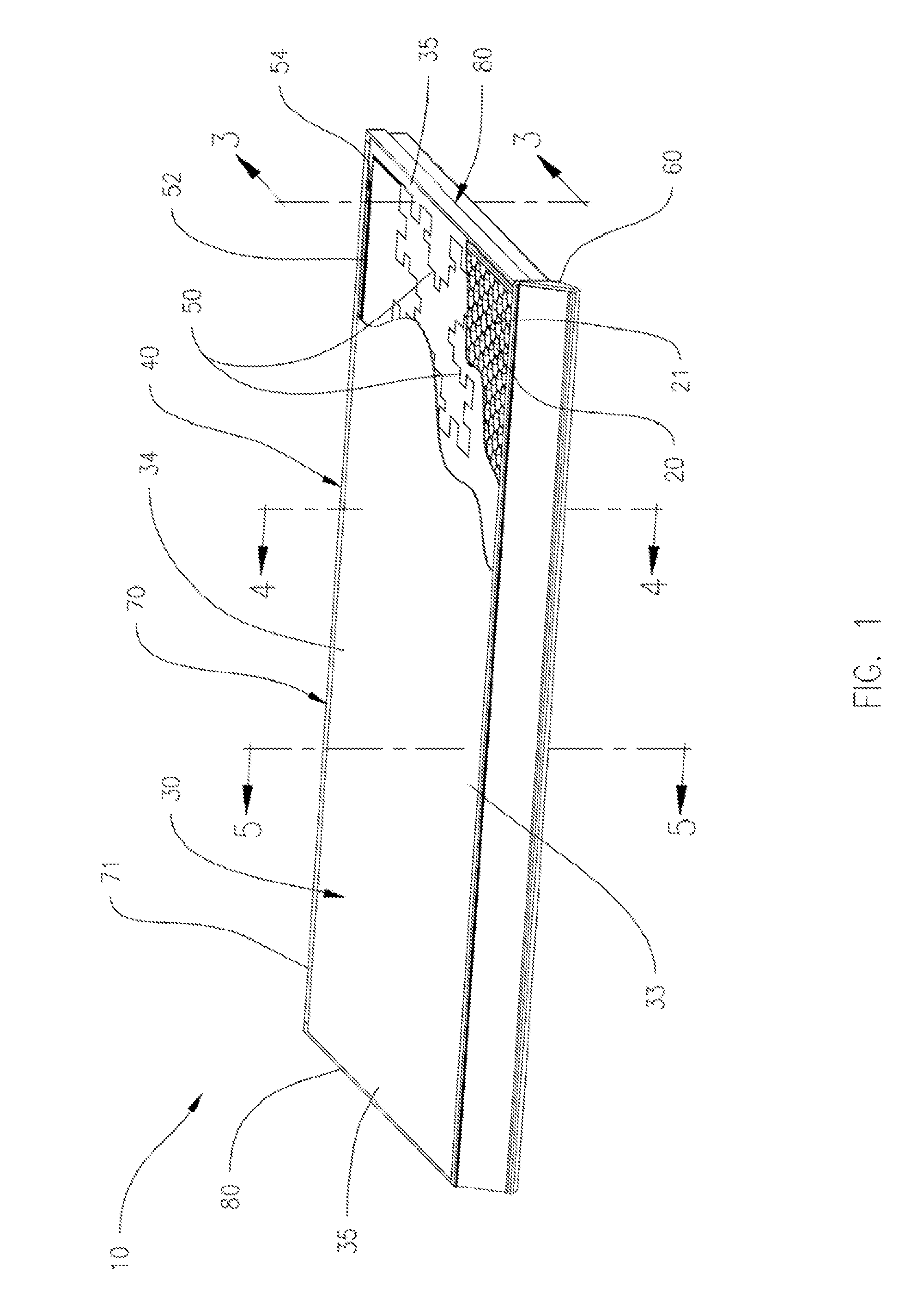Modular RFID shelving
a module and shelving technology, applied in the field of module rfid shelving, can solve the problems of large shelf labels, no better than 65% accurate store inventory records, and large cost for retailers (in materials, time/labor, waste generation)
- Summary
- Abstract
- Description
- Claims
- Application Information
AI Technical Summary
Benefits of technology
Problems solved by technology
Method used
Image
Examples
Embodiment Construction
[0043]This technology suggests that perhaps the “recalcitrant” variable in retail grocery is the metal shelving. This invention provides an avenue to address several issues simultaneously; however, it would require re-engineering of the shelving platform, including structure, materials, and manufacturing process and culture. This redesign of retail shelving using plastics and composite engineering enables grocers to eliminate the costs and inefficiencies of shelf labeling, offer a premier location for “point-of-purchase” advertising, and to benefit from electronic inventory management systems as they become increasingly available and affordable. Electronic inventory management systems includes RFID systems and long wave (LW) magnetic signals, (also known as RuBee, IEEE standard 1902.1).
[0044]A smart shelf of the present invention provides an integral component of a retail grocery shelving system. Each shelf described is nominally the same, though can differ in shelf depth and / or wid...
PUM
 Login to View More
Login to View More Abstract
Description
Claims
Application Information
 Login to View More
Login to View More - R&D
- Intellectual Property
- Life Sciences
- Materials
- Tech Scout
- Unparalleled Data Quality
- Higher Quality Content
- 60% Fewer Hallucinations
Browse by: Latest US Patents, China's latest patents, Technical Efficacy Thesaurus, Application Domain, Technology Topic, Popular Technical Reports.
© 2025 PatSnap. All rights reserved.Legal|Privacy policy|Modern Slavery Act Transparency Statement|Sitemap|About US| Contact US: help@patsnap.com



